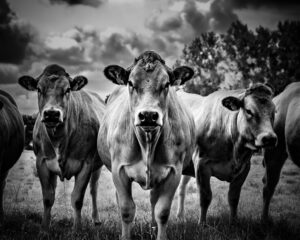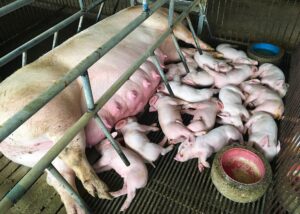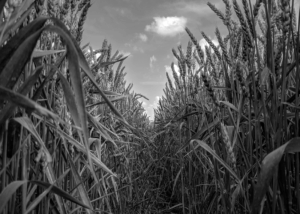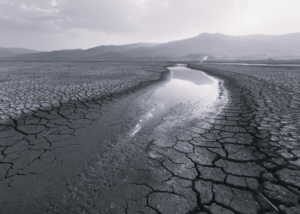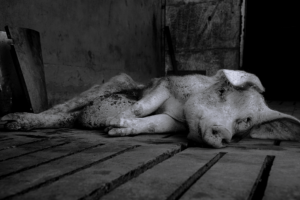Last year an estimated 1,358,812,000 farmed land animals in the U.S. died or were killed before reaching the slaughter line. That’s 43 animals dying every second of every day – counting chickens, turkeys, pigs, cattle and sheep.
These animals are not included in the often-quoted numbers of animals slaughtered for food, which now nears 10 billion per year. The causes of pre-slaughter mortality are many, from unnaturally large litters to lameness and broken bones to barbaric “depopulations.” At the root is our system of industrial animal agriculture.
In the drive to maximize profits, animal death and suffering is a line item on a corporate expense sheet.
Sows have been genetically bred to bear bigger and bigger litters but don’t have the uterine capacity to carry or to feed so many young. About 15% of piglets die before weaning, and about 1 in 4 pigs die prior to slaughter.
Each year, more than 300 million male chicks born of egg-laying breeders are killed shortly after birth, with most sent fully conscious into high-speed grinders.
Broiler chickens have been bred to have such large breasts that some can’t make it to the feed or water station before their 7-week lives are over.
Egg-laying hens are deemed “spent” when their increasingly brittle or fractured bones affect their laying schedules. Most go to the renderer or the compost pile.
Tightly packing genetically similar animals in manure-filled sheds creates ideal conditions for disease to spread quickly and fatally. And when a pathogen such as avian flu is deemed a threat, millions of animals are killed with excessive heat or chemicals, sometimes suffering for hours or even days.
The USDA gives short shrift to the number of animals that die before slaughter. For livestock, they’re an extra line next to farm slaughter and inventory. Chickens are simply “lost,” as if they’ve been misplaced. Just the cost of doing business.
We’ll likely count similar numbers in 2025 – those dying of disease, starvation, thirst, wounds, exhaustion, lameness, cannibalism, heat, and freezing cold. They will die in floods and fires and in massive “culls.” They’ll die on manure-filled floors, in transport trucks, in macerators, and in piles of other dying animals. Some will make the exhausting trip to the slaughterhouse, but their tumors will be too big, or their legs too weak to make it down the chute to the slaughter line. Many will die slowly in fear and pain.
The least we can do is count them.
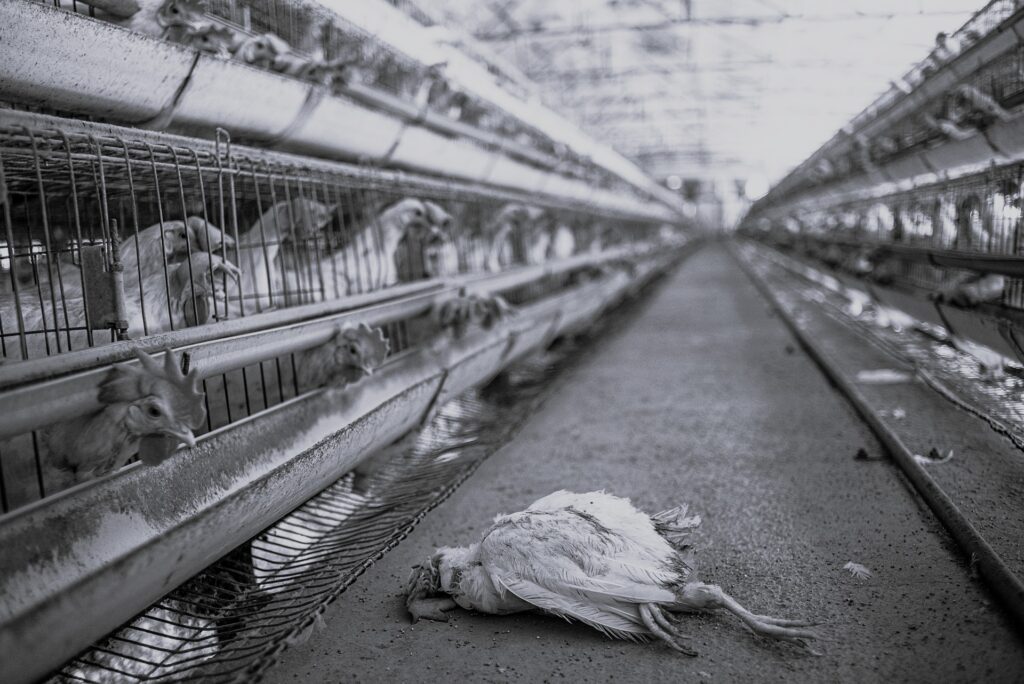
For further information and references, see Poultry Death Before Slaughter and Livestock Death Before Slaughter
Top photo credit: Stephano Belacchi / We Animals
Lower photo credit: Shatabdi Chakraborti / We Animals
